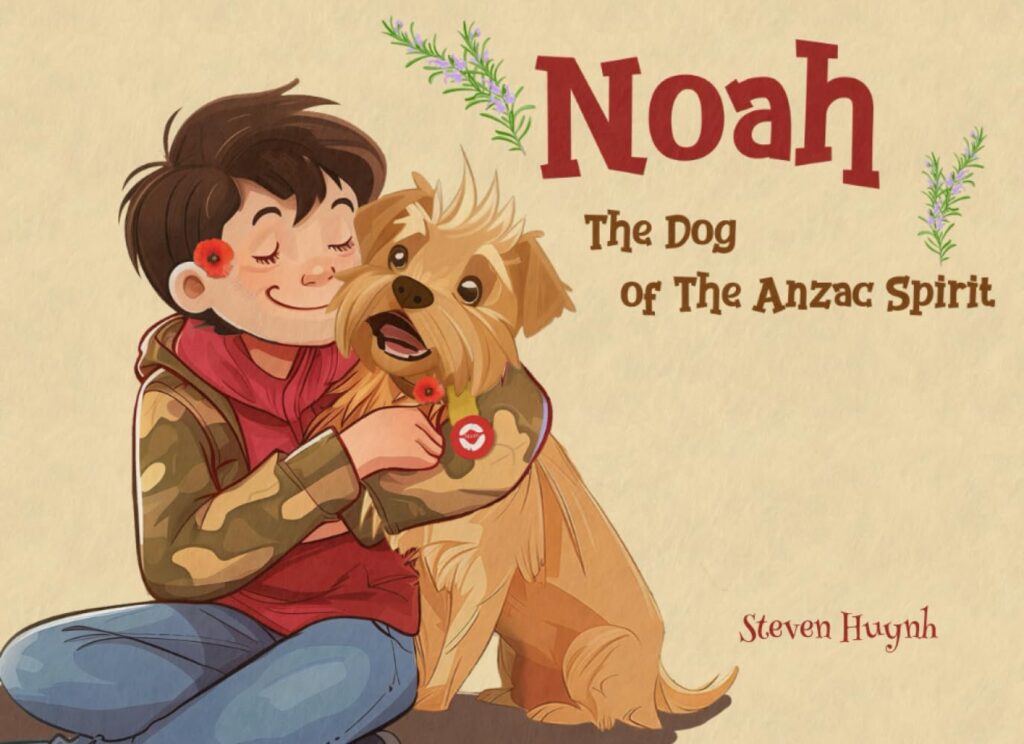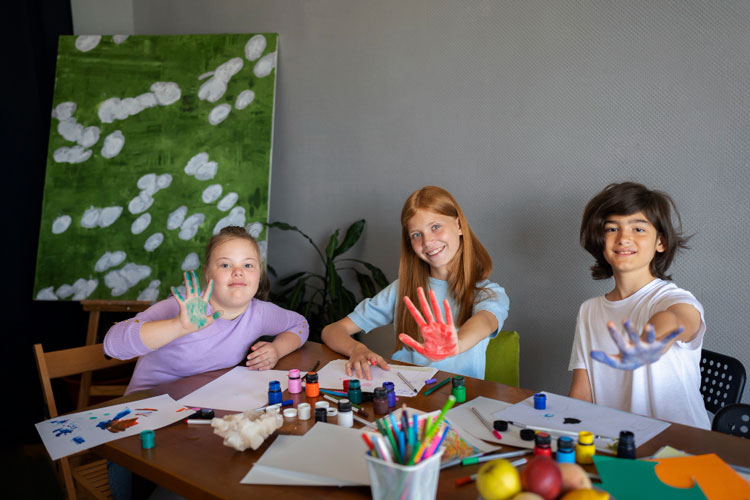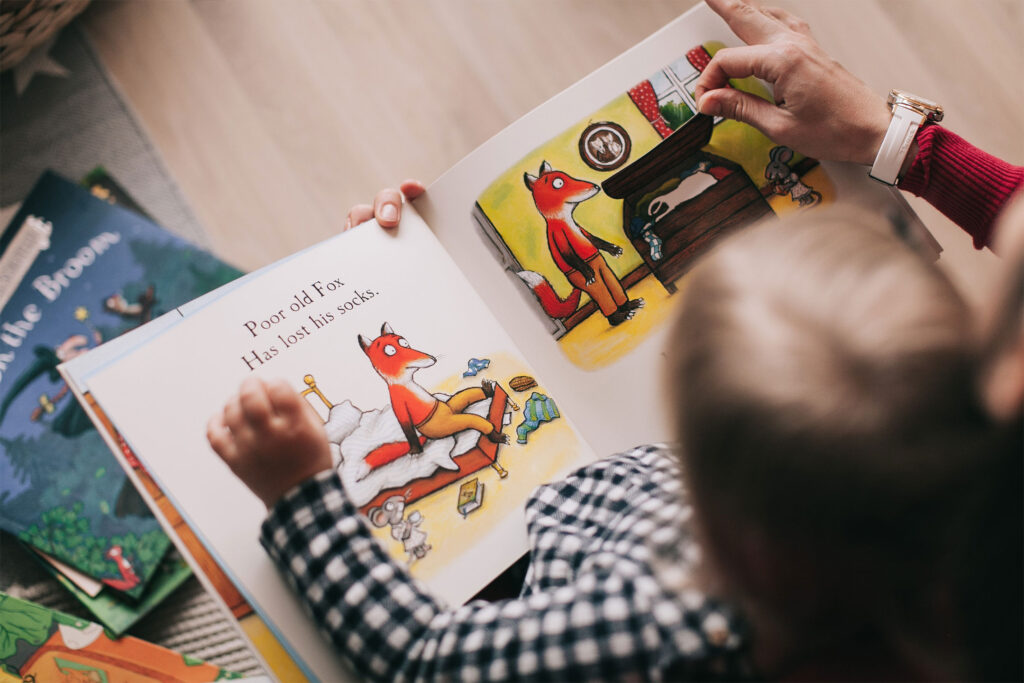Parental involvement plays a crucial role in a child’s educational journey, especially during the primary school years. In Australia, home learning is an increasingly popular way for parents to connect with their children’s studies and reinforce what they learn in school. One effective approach to involve parents meaningfully is through storytelling. This article explores how storytelling can become a powerful tool in promoting parental engagement, enhancing children’s comprehension, and making learning enjoyable for the entire family.
1. Make Storytelling a Daily Habit
Encourage parents to create a cosy, distraction-free environment and dedicate a regular time each day for reading together. For example, reading In My Heart: A Book of Feelings by Jo Witek at bedtime can become a comforting ritual. This beautifully illustrated book explores different emotions, providing a gentle way for parents and children to chat about feelings and build emotional awareness. Each night, after reading a page or two, parents might ask, “How are you feeling today?” or “Can you think of a time you felt this way?” This regular practice allows children to open up, enhances comprehension, and builds a safe space for sharing emotions.
2. Link Stories to School Lessons
Parents can pick stories that tie in with what their child is learning at school. For example:
- If you’re exploring Australian wildlife, Just Enough by Steven Huynh offers a unique story that introduces children to native animals and the importance of balance in nature. After reading, parents can discuss with their child how Australian animals, like the ones in the story, adapt to their environment and find “just enough” of what they need to thrive. This approach fosters curiosity about native species and encourages a deeper appreciation for Australia’s diverse wildlife.
- If exploring nature and creativity: Bowerbird Blues by Aura Parker introduces the bowerbird, known for its nest-building and decorating skills. The story can spark conversations about creativity in nature, prompting questions like, “Why do you think the bower bird decorates its nest?” or “How would you design a nest if you were a bowerbird?” Parents could even help children make a small “bower” with household items, reinforcing lessons on animal behaviour in a hands-on way.
3. Encourage Interactive Storytelling
Interactive storytelling transforms reading into a dynamic experience, building engagement through listening and actions. For example:
- While reading Gymnastica Fantastica by Briony Steward, parents can explore movements, the theme of perseverance and self-confidence. They might ask questions like, “What do you think it feels like to try something challenging for the first time?” or “Can you think of a time you accomplished something that seemed difficult?” These questions encourage children to connect with the character’s journey, helping them reflect on resilience and the rewards of practice.
- For We’re Going on a Bear Hunt by Michael Rosen, asking children to guess what the family in the story will face next or how they would react. Parents can encourage children to act out parts of the story, like crossing a “swishy swashy” field or splashing through “mud,” making the experience more immersive. Acting out each scene helps children remember and relate to the story in a personal way, strengthening their connection to storytelling.
4. Create a Family Storybook Project
A family storybook project can be a fantastic way for parents and children to collaborate. Here’s how it might work:
With In My Heart: A Book of Feelings by Jo Witek, parents and children can make an “emotion storybook,” illustrating each emotion in their own way: drawing their faces and what they would do when they felt happy, sad, or brave. For example, some may play footy, others may just go for a walk when they are sad. This helps children to both recognise and express emotions and to see these as universal experiences shared by others. Furthermore, children are encouraged to use colour-coded zones of regulation for each particular emotion.
After reading We’re Going on a Bear Hunt, families can create their own adventure story about a neighbourhood or backyard “hunt.” Parents can guide children to choose what they “hunt” for, whether it’s an imaginary creature, a favourite toy, or an interesting plant or insect. Children can illustrate each page, adding to the storybook over time. By creating a book together, families turn storytelling into a collaborative experience, reinforcing creativity and narrative skills while giving children a tangible keepsake.
5. Incorporate Australian Stories and Themes
Australian-themed books, such as those on Indigenous Dreamtime, Anzac Day, and cultural diversity, allow children to connect with Aboriginal and Torres Strait Islander history and stories, appreciate their heritage and legacy, and celebrate the rich cultural diversity within Australia. For example:
- Big Rain Coming by Katrina Germein : This story shares the anticipation of rain in an Indigenous Australian community. Parents can use it to discuss themes of patience and nature’s rhythms. After reading, children might enjoy a “weather watch,” learning about seasonal changes and the importance of rain to the environment.
- Noah: The Dog Of The Anzac Spirit by Steven Huynh: This story teaches children about courage, kindness, and persistence through Noah, a loyal dog who shows that small acts of bravery can make a big difference. It highlights gratitude and the Anzac spirit, encouraging kids to value helping others and appreciate those who serve their communities. Parents can extend the lesson by helping kids create a Hero Journal to celebrate their personal heroes or moments of bravery with drawings and photos.
- Stay For Dinner by Sandhya Parappukkara: This book introduces children to diverse culinary traditions, emphasising hospitality and cultural diversity. After reading, parents could organise a small tasting session with foods from different cultures, creating an experience that celebrates inclusivity and heritage.
6. Use Technology for Storytelling Enhancement
In a digital age, technology can add variety to storytelling, especially with conversation starters from books like What to Say When You Don’t Know What to Say by Davina Bell. This book is filled with phrases and ideas for expressing empathy, understanding, and openness:
- Parents and children can role-play scenarios from the book, practising what to say when they’re unsure of how to comfort a friend or respond to a difficult question. This builds social-emotional skills and confidence in real-world communication.
- Interactive resources or apps related to storytelling can also be used for books, such as We’re Going on a Bear Hunt, to add sound effects, visuals, and activities that make the story more immersive. Parents can use these tools to make the story come alive, turning a traditional reading session into a multi-sensory experience.
Storytelling offers a powerful way to connect parents with their child’s educational journey, especially when using engaging books that resonate with children’s interests and learning themes. By establishing a regular storytelling routine, incorporating interactive elements, and drawing connections to Australian culture and school lessons, parents can foster a love of learning and curiosity in their children. Books such as In My Heart: A Book of Feelings, Edward the Emu, and Bowerbird Blues serve not just as stories but as pathways to valuable discussions, creativity, and emotional growth, building lifelong learning habits.
Ready to dive into a storytelling adventure? Start tonight with a book from our collection, such as Gymnastica Fantastica or Big Rain Coming, and watch the magic of learning come to life. Explore our book hub to find stories that make storytelling fun, memorable, and meaningful for the whole family


















Leave a Reply